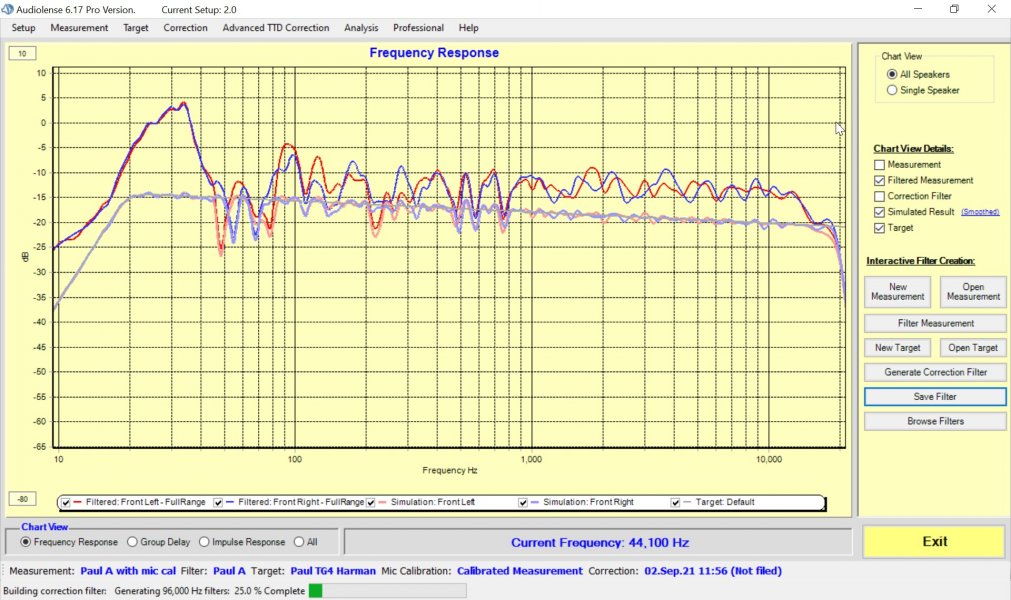I know, right? You get so emotional your biases are overcoming any ability you had to make reasonable arguments wrt cables. And pretty much everything else you're saying is naïve and and/or flat-out wrong. Making judgements about things based solely on price and not construction, materials or electrical properties is simply ridiculous. But cable-haters are so blinded by hatred and bias that they can't think clearly. This is common. Cable derangement syndrome maybe...

Your thoughts about passive xo's are simply wrong... Modern iron-core inductors like Mundorf zero-ohm have some significant advantages. I've compared a good 4th order passive vs DSP and the fact is, under ~400 Hz, you won't be able to tell a difference as long as both xo's were implemented properly. In a woofer the electrolytic caps will be in parallel, but yeah, what's up with the super-cheap parts used in a 6-figure speaker?
Also, using zip cord internally is a disappointment, but it doesn't mean you can't hear any differences upstream. If that was true why bother with decent electronics either? The signal is just going to go through that cheap zip-cord.
Also I'm well aware of the differences between Wilson and TAD and others. TAD simply hasn't kept up with other brands and part of the reason is the coax mid/tweeter. Compared to separate drivers you can localize the coax in many kinds of music because the mid modulates the tweeter and isn't a perfect waveguide for it either. Both of these issues result in the ability to localize the drivers and the inability for the speakers to completely "disappear" in the room. I'm not the only one to hear this massive shortcoming in coax drivers. Now that modern speakers and electronics have advanced as far as they have this shortcoming is much more apparent vs the competition and it's simply unacceptable for the price you pay as other companies offer a product that doesn't have this issue.
Your explanation of room effects and DSP shows you really have no idea about WBF and the audience you're addressing. While not wrong, it's naïve to think you're doing anything but regurgitating things that have been said ad nauseum and it's certainly not new info for anyone here.
I was considering doing some upgrades to my Pioneer S-1EX speakers but after some time with them I realize you can't fix the problems this speaker has and it's not worth it. While the Ref series is less compromised it's just a larger version and it's now an outdated design with too many flaws vs it's competition and the price is too high for what you get. Even lower-priced alternatives like JTR and JBL M2 or 4367 have surpassed TAD imo. Right now, comparing TAD to YG will result in an embarrassment for TAD.


